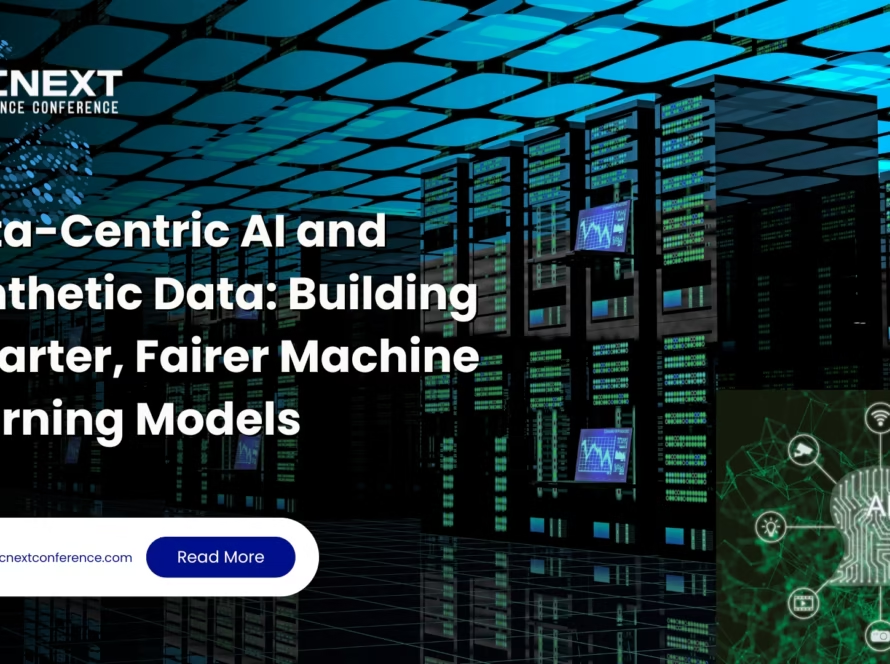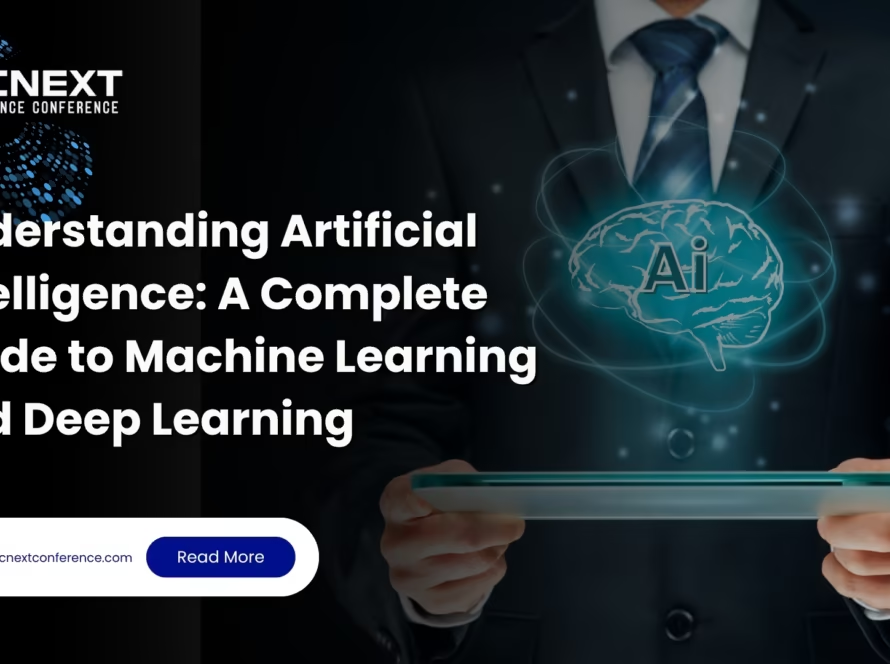Discover how Natural Language Processing (NLP) is revolutionizing data insights, business intelligence, and customer engagement across industries in 2025. Natural Language Processing (NLP) is one of the most dynamic subfields of artificial intelligence, giving machines the ability to understand, interpret, and even generate human language.
At its core, NLP bridges the gap between human communication and machine understanding, allowing computers to process vast amounts of text and speech data. This capability not only helps systems understand what people say but also enables them to respond intelligently, making interactions with technology feel more natural and seamless.
NLP Driving AI-Powered Data Insights
NLP is transforming how businesses derive insights from data by unlocking the value of unstructured text sources such as customer reviews, social media posts, and corporate documents. Unlike traditional methods, which often miss nuance, NLP-based analysis reveals patterns, trends, and sentiments with higher accuracy.
Key advantages include:
Data automation: NLP accelerates processes like cleaning, classification, and summarization.
Enhanced predictive analytics: Text-rich data helps generate more context-aware forecasts.
Democratized access: Natural language queries and conversational analytics make data more accessible for non-technical stakeholders.
Recent innovations in transformer models, such as GPT-4, have enabled real-time data interaction, reshaped content creation, and boosted customer engagement through advanced contextual understanding.
Benefits of NLP Across Industries
NLP makes it easier for humans to communicate and collaborate with machines, by allowing them to do so in the natural human language they use every day. This offers benefits across many industries and applications. Notable applications include:
Customer Service:AI-powered chatbots use NLP to manage routine queries, freeing human agents to focus on complex cases while improving customer satisfaction.
Document & Knowledge Management: NLP tools rapidly classify, extract, and summarize information with fewer errors, driving efficiency in enterprise workflows.
Language Translation:From cross-border communication to global business expansion, NLP ensures translations preserve meaning and cultural nuances.
Sentiment & Trend Analysis:Advanced text mining can detect not only positive or negative sentiment but also emotions, sarcasm, and confusion—delivering deeper consumer insights.
Search & Discovery:Unlike keyword-only searches, NLP-powered engines analyze user intent, producing more relevant, context-aware results for enterprise knowledge bases and online platforms.
Content Generation:From personalized marketing campaigns to business reports, NLP creates scalable, human-like content, supporting organizations in digital communication and engagement.
NLP for Customer Insights and BusinessIntelligence
One of the most powerful applications of NLP lies in integrating sentiment analysis with performance metrics. Businesses can track not just what customers are saying but how they feel about products or services. Coupled with predictive analytics, this provides organisations:
Customer preference forecasting
Early detection of market shifts
Improved customer experience strategies
By embedding NLP into business intelligence platforms, companies achieve more comprehensive and actionable insights.
DSC Next 2026: Showcasing the Future of NLP
The upcoming DSC Next 2026 Conference, scheduled for May 7–8, 2026 in Amsterdam, Netherlands, will spotlight the latest innovations in data science and AI, with a strong focus on NLP technologies.
Highlights include:
- Industry-led sessions on applied data science, machine learning, and MLOps.
- Case studies showcasing real-world NLP applications for enterprise strategy.
- Start-up showcases presenting disruptive NLP solutions.
- Career development and global networking opportunities.
For professionals and organizations aiming to embrace NLP-powered digital transformation, DSC Next 2026 is a must-attend event that connects research breakthroughs with measurable business impact.
Conclusion
Natural Language Processing has become a cornerstone of modern AI, reshaping how organizations interact with customers, manage vast information flows, and unlock new levels of value from data. Its ability to automate processes, interpret human emotions, and integrate smoothly with business intelligence systems positions NLP as a key driver of both business efficiency and innovation.
As global gatherings like DSC Next 2026 highlight the latest advancements, the future of NLP promises even deeper integration into data science, enabling businesses to stay ahead in an increasingly competitive and data-driven world.
References
IBM:What is NLP (natural language processing)?
Stanford NLP Group: Research on Natural Language Understanding


